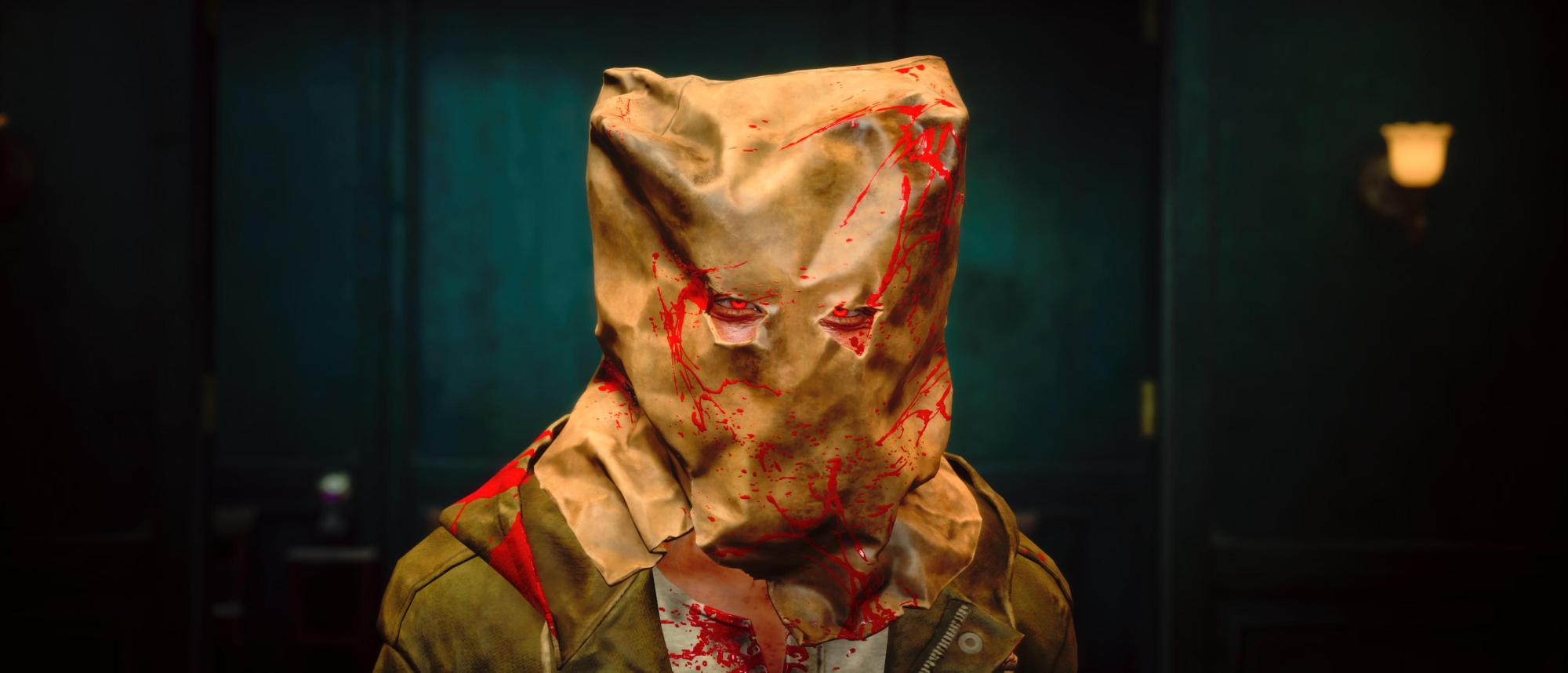TechRadar Verdict
Slitterhead won’t be for everyone due to its quirks, it’s a bit clunky and reuses content frequently. But behind its issues lies one of the most unique titles of the past few years. With a great mystery story, impressive world-building for a debut, and a possession mechanic that adds an extra strategic layer to combat. Slitterhead lives up to its pedigree.
Pros
- +
A unique and fascinating game
- +
Interesting cast of characters
- +
Fantastic Akira Yamaoka soundtrack
- +
The core gameplay loop is interesting
Cons
- -
A bit janky
- -
Voice acting is used sparingly
- -
Getting the true ending can be tedious
Why you can trust TechRadar
Platform reviewed: PlayStation 5
Available on: PS5, PS4, Xbox Series X|S, PC
Release date: November 8, 2024
Slitterhead is a weird horror game. The combat is a bit stiff, it reuses environments (and sometimes missions), and lacks voice acting outside of the occasional fully-voiced scene. Yet it’s probably the most refreshing game I’ve played in a while, and is far more than the sum of its parts. Behind that veneer of rust and dirt is a compelling storyline that uses its horror elements to craft a brilliant mystery that had me rethinking the entire story constantly.
You play as Hyoki: a lost spirit in the fictitious town of Kowlong with the ability to possess human beings (as well as the occasional dog). However, Kowlong is plagued with Slitterheads: monsters who assume the form of human beings in order to feed on them. Among these humans are Rarities, beings who have a unique connection with the spirit and are able to retain their consciousness while possessed, while having their own combat abilities to boot.
Visions of an impending apocalypse lead Hyoki to team up with a young woman named Julee and a mysterious man named Alex to destroy the Slitterhead populace to change their fate. However, the spirit discovers it is able to go back in time while retaining memories; however, this reveals another layer, as each time they go back, things aren’t as they once were. One aspect I loved about this tale is that it tackles the hypocrisy of a spirit that takes over the consciousness of people, battling evil beings that take over the consciousness of people. This led to me getting invested in the lives of those on both sides of the story.
Head like a haunted house
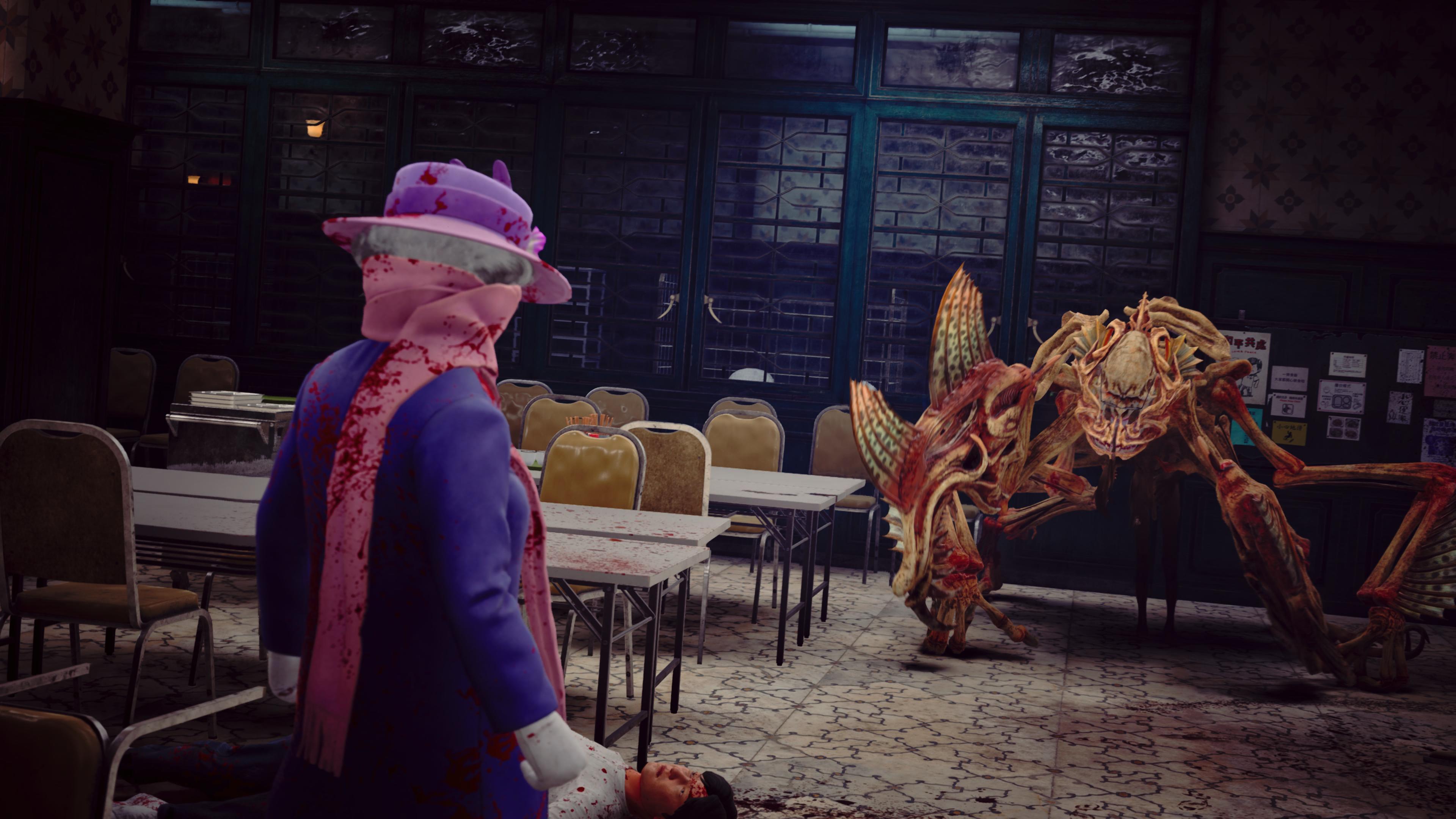
Despite being directed by horror royalty Keiichiro Toyama (creator of Silent Hill and Siren), horror is more of a backdrop in Slitterhead, as the game plays out like a detective story. You’ll be trying to figure out just what is happening in Kowlong while simultaneously figuring out who in the crowded city is secretly a monster. The main gameplay loop is heading into a mission, investigating, before running into a Slitterhead who you’ll need to take out.
As the adventure progresses, you’ll run into more and more Rarities who join your cause. Between missions, you’ll be able to chat with them a la Persona’s social links and learn more about each of them. These range from people of all walks of life, doctors, a high school student, the homeless, and even an elderly woman. Despite some having more screen time than others (the story is mainly focused on Julee and Alex), I loved learning about the characters I was taking into battle.
The regular humans have a club and two unique skills (as well as two slots for your rarities bonus skills), while you can bring two Rarities out on a mission with you, who have their own unique skill sets based on their personalities. Edo – who lived as a boxer before being forced to live on the streets – is a fast-paced, hard-hitting character with a moveset designed around getting in the opponent's face and wearing them down. Meanwhile, Julee – who is compassionate and has reservations over human lives being used by Hyoki in service of Slitterhead destruction, has abilities to avoid damaging non-player characters (NPCs) and reviving a number at once.
Combat isn’t the most in-depth in terms of combos. You have a standard combo and a heavy attack alongside four unique skills depending on which Rarity combo you take into the field. But where the combat really shines is in the possession mechanic; switching about from host to host is near-mandatory and adds an extra layer of strategy to what could’ve been a barebones beat 'em up. This is complemented by a For Honor-esque parry system, which can send you into a slow-mo state to really while on your enemies.
Sign up for breaking news, reviews, opinion, top tech deals, and more.
Who can it be now?
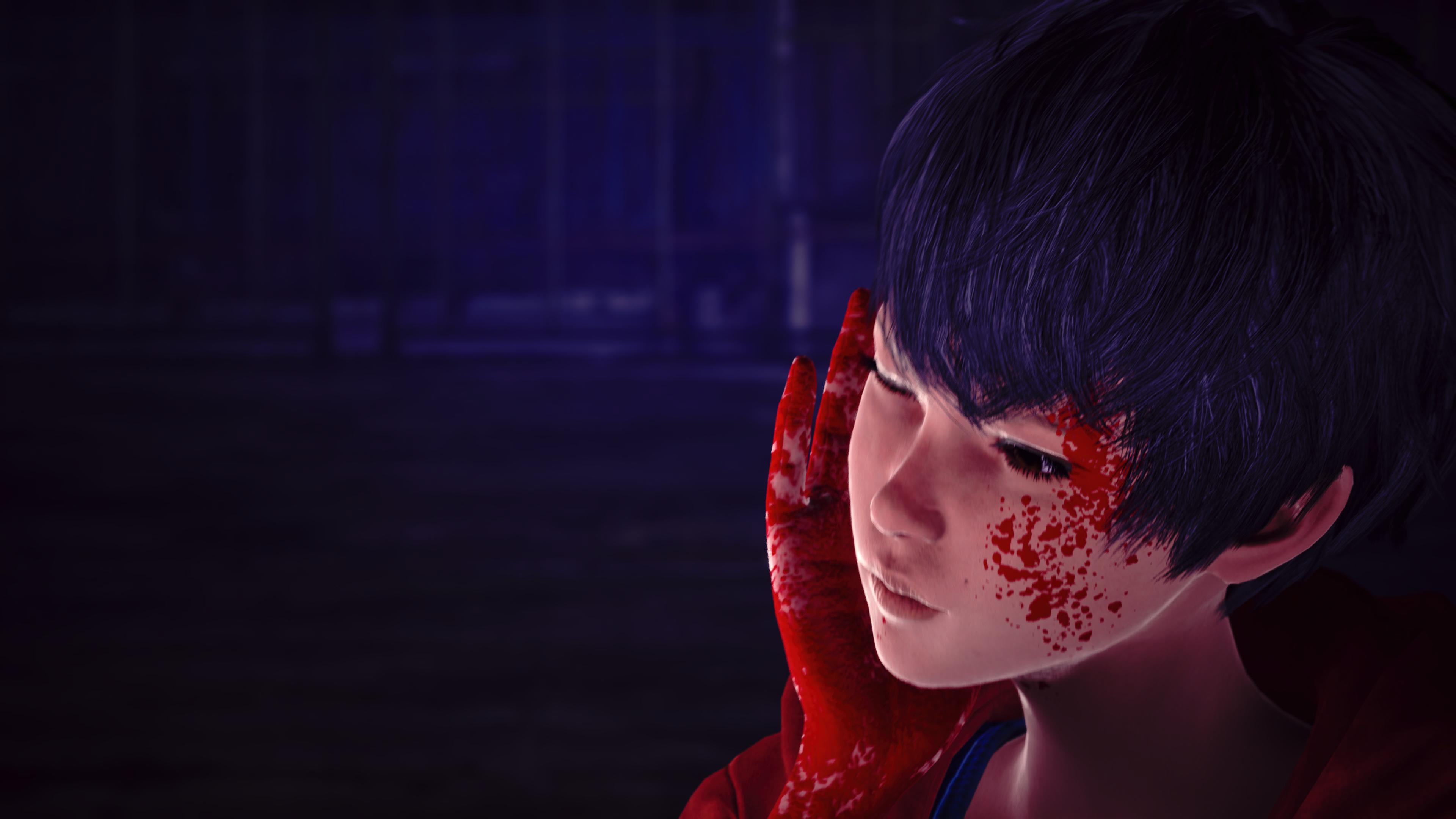
The biggest issue the game faces is also in part due to the time loop mechanic. The missions mostly take place in the same few city blocks, which can lead to a bit of repetition, and while the mandatory mission replays will have new tricks, you are still replaying parts. This becomes an issue later in the game as you’ll play the same two missions multiple times in a row to progress the story.
The other problem is that sometimes the objective of the game is unclear. It’s easy to get lost in the city, and without a map system, it’s a bit of a pain to navigate when there are no waypoint markers. This gets especially rough at a point in the middle where you need to find two hidden Rarities to progress, where I combed through the same missions a few times before cracking it.
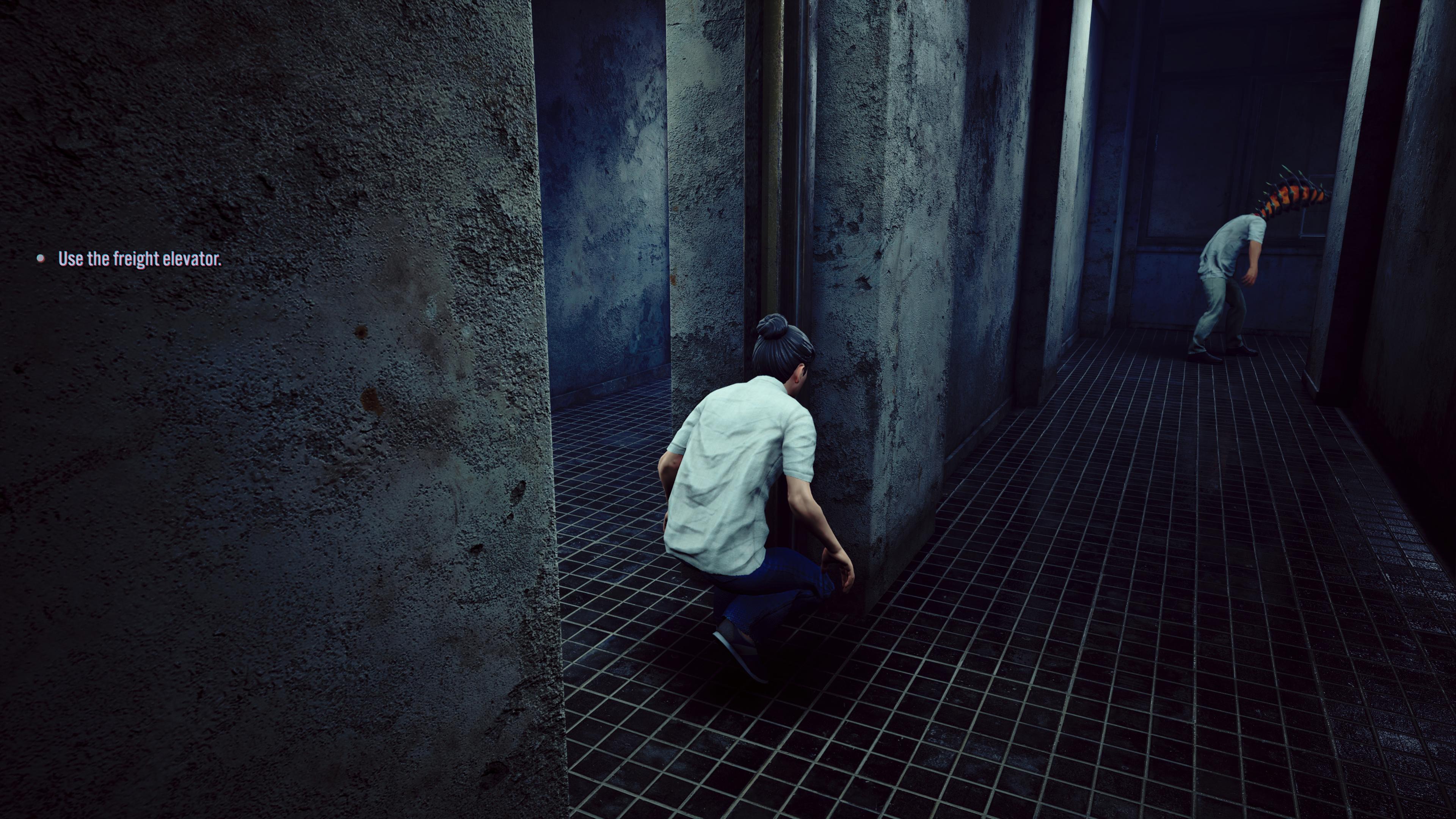
One of Slitterhead’s most investing moments is investigating the Echoes of Love Society. While these missions are slower-paced, this storyline opens up some interesting questions about the nature of Slitterheads and the ethical issues surrounding your mission.
Visually, the game is a bit of a mixed bag; the neon-soaked streets of Kowlong are gorgeous, and the character models for the main characters look great, but the human fodder characters is a bit less polished, which really stands out if you take them into a cutscene. Meanwhile, the creature design from Siren designer Miki Takahashi is nothing short of phenomenal. The different breeds of Slitterhead are disgusting and impressive bits of body horror to boot. While the game isn’t too scary, these monsters are unsettling, especially when you see them transform.
Slitterhead also reunites Toyama with Silent Hill composer Akira Yamaoka – which is all I should need to tell you to let you know the music and sound design are fantastic. The soundtrack ranges from the oppressive industrial sounds Yamaoka is famed for to some nice lo-fi beats that make the menus a joy to navigate. And the titular monsters sound just as gross as they look.
Still, Slitterhead is not without its problems, but these are mostly relegated to the gameplay. While the combat is fun and engaging, it could do with a bit more combo variety. Meanwhile, the reused missions and environments don’t necessarily feel like padding, but they can be grating at certain points. However, it’s more than worth moving past those flaws to find one of the most unique and interesting horror experiences in a long time.
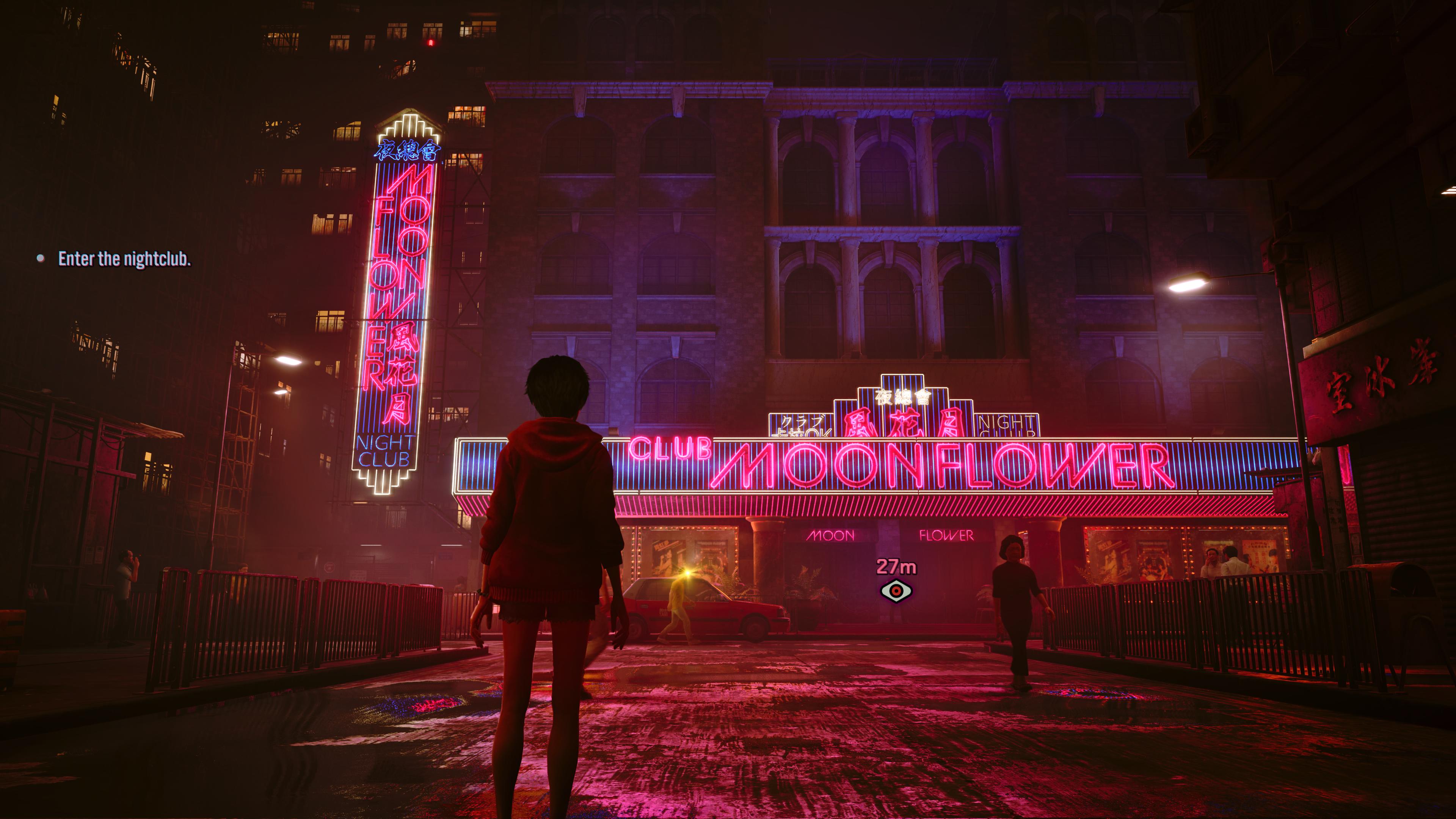
Should you play Slitterhead?
Play it if...
You’re after a unique experience from a horror legend
Slitterhead does take inspiration from Toyama’s previous games, like Siren’s Sightjacking mechanic. But Slitterhead is a unique beast that’s more about detective work and intense combat than straight-up horror. Plus, the time loop mechanic adds an extra layer to an already interesting story.
You like strategically focused combat encounters
Slitterhead’s possession mechanic is a cool thing in many ways, from traversal to just seeing who and what you can take control of. However, it adds an extra layer to combat as you’ll be constantly switching between hosts to flank enemies, while careful consideration of what rarities is a must.
Don't play it if...
You’re after a highly polished AAA game
I rarely encountered glitches in Slitterhead, but it’s not as polished as your usual AAA affair. While the Rarities, cutscenes, and environments look lush, NPC character models are a bit lackluster, and the awkward use of voice acting is an unfortunate flaw.
You can’t stomach body horror
Slitterhead’s grotesque horror is tough to stomach; you’ll constantly see human heads explode into viscera as their Slitterhead forms burst out. This is even worse for the bosses, as you see the transformation even slower and in more detail as their necks extend and contort.
Accessibility
The accessibility features in Slitterhead need some work. While the option to fully rebind your controls is a welcome addition, outside of multiple language options, subtitles (without closed captioning), and difficulty options, there’s not much else to talk about here unfortunately.
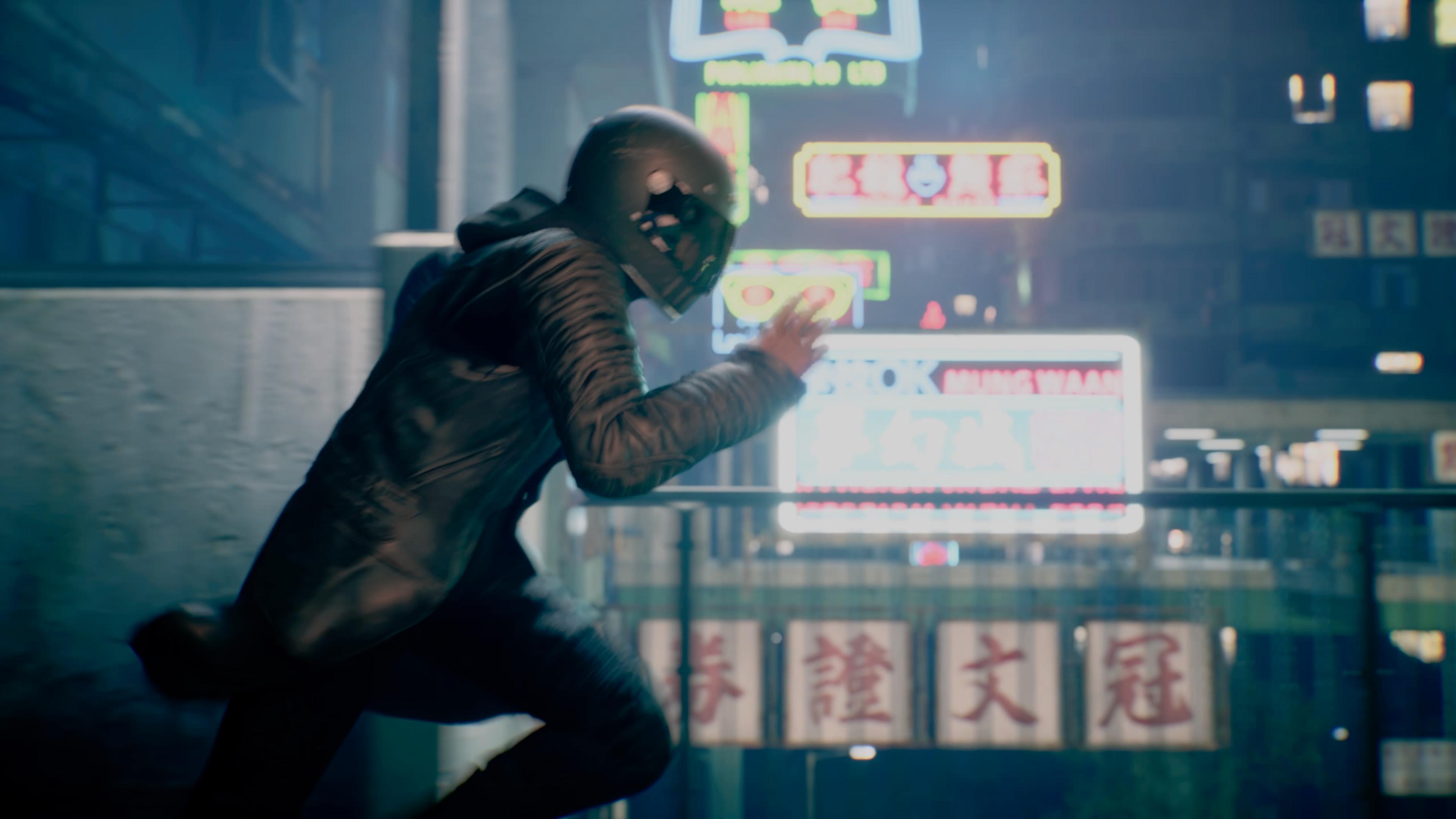
How I reviewed Slitterhead
I played Slitterhead for around 18 hours completing the game’s main storyline (including the true ending) and unlocking all of the rarities and a majority of the costumes. In my playthrough, I played on Hard difficulty for the majority before switching to Medium when the level replays were introduced.
I played the game on my PlayStation 5 Slim on a DualSense wireless controller (although it felt wrong to play with the Astro Bot Controller). For my screen, I used a Samsung Q65T 50-inch QLED 4K TV, and for my audio, I switched between the PlayStation Pulse 3D Wireless headset and a Samsung HW-T450 Soundbar.
First review November 2024

Scott has been freelancing for over two years across a number of different gaming publications, first appearing on TechRadar in 2022. He has also written for the likes of PC Gamer, Eurogamer, Push Square, The Daily Mirror, and others. He's typically rambling about Metal Gear Solid, God Hand, or any other PS2-era titles that never get sequels.
